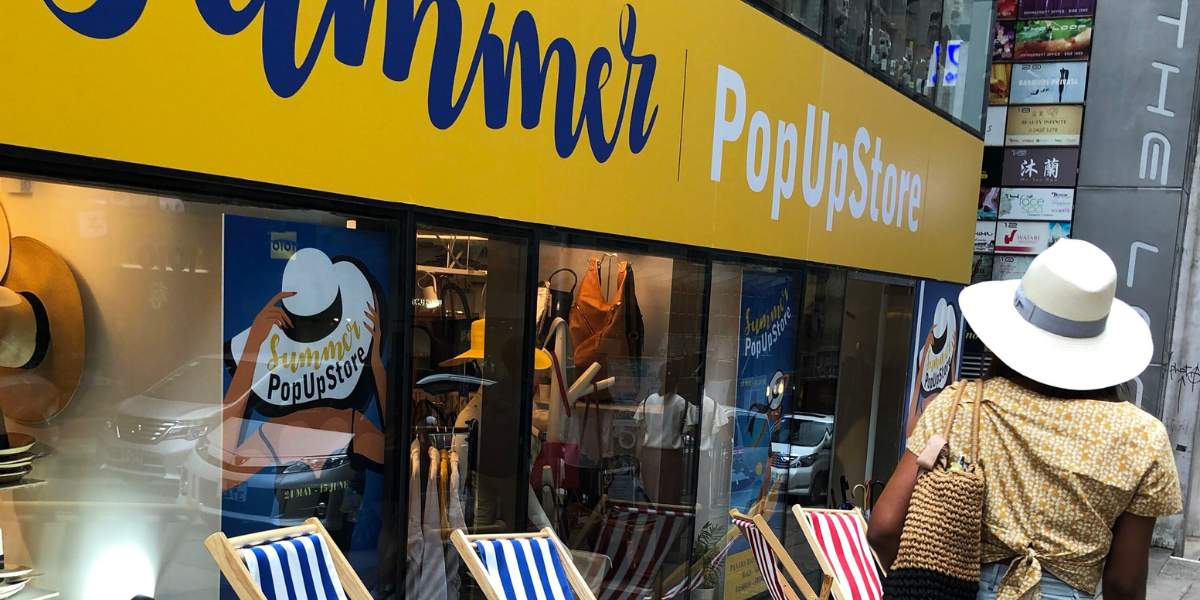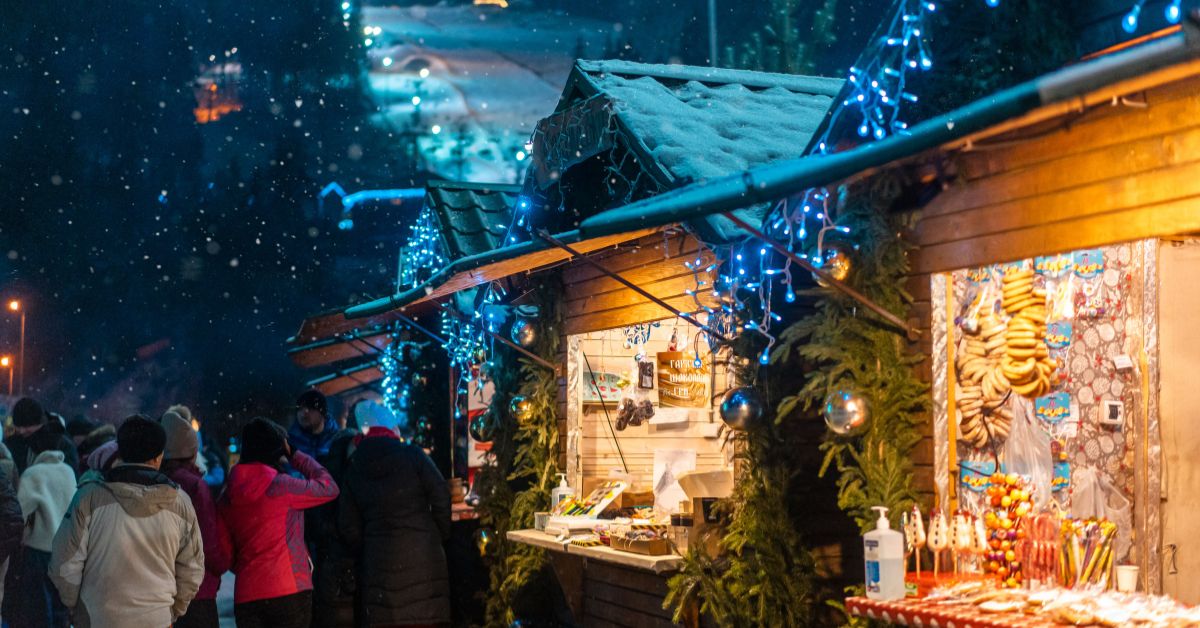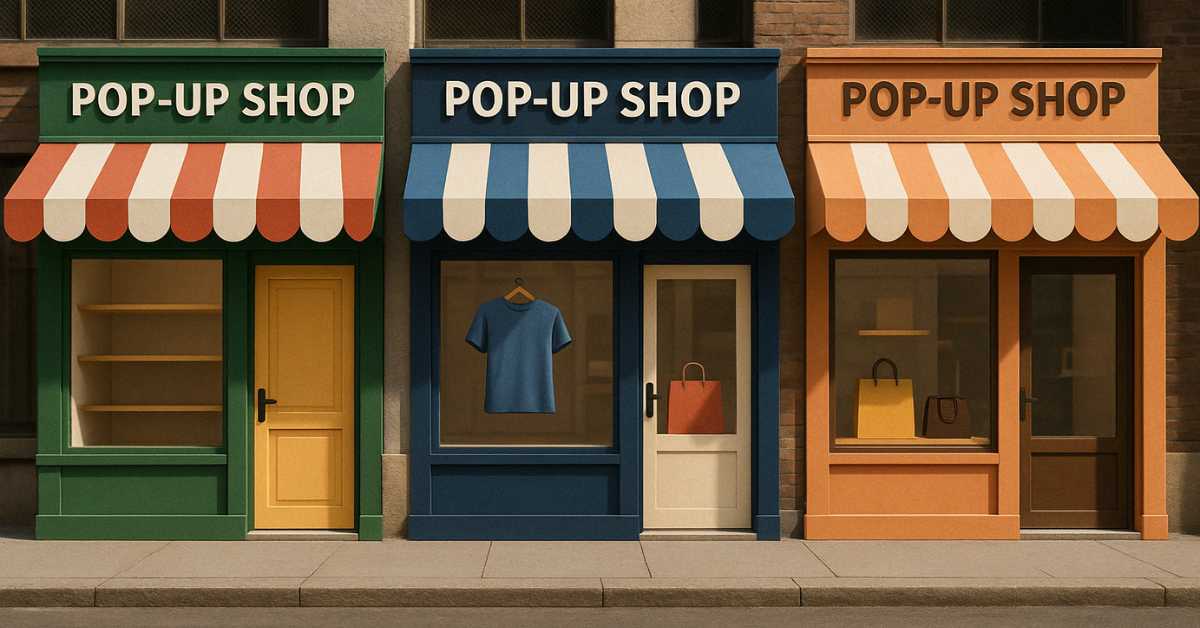In the fast-paced world of retail, capturing consumers’ attention and delivering unique shopping experiences is paramount to success. Pop-up stores, with their temporary and flexible nature, have emerged as a powerful tool for brands to achieve precisely that. However, the effectiveness of a pop-up store hinges on one critical factor: location. Finding the perfect match between a brand and a retail space can be as intricate as solving a puzzle, and this is where pop-up store matching algorithms step in to revolutionize the game.
Understanding the Pop-up Store Phenomenon
Before we delve into the world of pop-up store matching algorithms, let’s set the stage. Pop-up stores, those temporary and short-term retail spaces that magically appear and disappear, have gained immense popularity in recent years. They offer brands a unique opportunity to create excitement, test new markets, and connect with customers on a personal level.
The challenge lies in finding the right space that seamlessly aligns with a brand’s identity, target audience, and goals. This task can be daunting, time-consuming, and often reliant on guesswork. This is precisely where pop-up store matching algorithms come to the rescue.
The Significance of Pop-up Store Matching Algorithms
Imagine a scenario where brands and retailers can effortlessly discover the ideal match for their pop-up endeavors. That’s the promise of pop-up store matching algorithms. These intelligent systems take into account a multitude of factors, from location-based data to demographic profiling, and deliver precise recommendations.
The significance of pop-up store matching algorithms extends to all parties involved: brands, landlords, and even consumers. Let’s explore how each of them benefits.
Key Features of Pop-up Store Matching Algorithms
At the core of these algorithms is the ability to make data-driven decisions. Here are some of the key features that make them indispensable:
- Intelligent Location-Based Matching: Matching algorithms consider geographical data, helping brands find the right location to maximize exposure and foot traffic. Whether it’s a bustling urban center or a niche neighborhood, these algorithms identify the ideal spot.
- Demographic and Psychographic Profiling: By analyzing consumer demographics and psychographics, these algorithms ensure brands are placed precisely where their ideal audience shops. Are you targeting millennials interested in sustainable fashion or baby boomers seeking artisanal goods? The algorithm has you covered.
- Real-Time Data Integration: Pop-up store matching algorithms don’t just rely on static data; they incorporate real-time information to make dynamic recommendations. If foot traffic patterns shift due to an unexpected event or new trends emerge, the algorithm adapts accordingly.
How Pop-up Store Matching Benefits Brands
Empowering Landlords with Pop-up Store Matching
The Consumer Perspective
Consumers benefit from pop-up store matching in several ways:
- Enhanced Shopping Experience: The right brands in the right locations mean a more enjoyable and relevant shopping experience. Customers encounter products and experiences tailored to their interests and preferences.
- Discovering New Brands and Products: Pop-up stores introduce consumers to new and exciting brands and products they might not encounter otherwise. It’s like embarking on a treasure hunt, where each pop-up store offers something fresh and intriguing.
- The Role of Personalization: Personalization, driven by matching algorithms, ensures that consumers see offerings tailored to their preferences. When you enter a pop-up store, you’re not met with a generic assortment but with products curated just for you.
The Future of Pop-up Store Matching
As technology continues to evolve, so too will pop-up store matching algorithms. Here’s a glimpse of what the future holds:
- Evolving Trends: Matching algorithms will adapt to new retail trends, ensuring that brands remain at the forefront of innovation. Whether it’s the rise of virtual pop-up stores or the integration of augmented reality experiences, these algorithms will keep brands in sync with consumer expectations.
- Integration with Online and Offline Strategies: Seamless integration between online and offline retail will become increasingly important. Pop-up store matching algorithms will bridge the gap, ensuring that brands can create cohesive omnichannel experiences.
- Sustainability and Responsible Data Use: The future will prioritize sustainable practices and responsible data handling. Algorithms will be designed to safeguard consumer privacy while still delivering highly personalized recommendations.
In the realm of pop-up retail, finding the perfect match between brands and locations is no longer a daunting puzzle; it’s a science. Pop-up store matching algorithms provide a clear path to success for brands, landlords, and consumers alike. As technology continues to advance, these algorithms will play an ever more significant role in shaping the future of pop-up retail.
The message is clear: Embrace pop-up store matching, and unlock a world of possibilities in the dynamic and exciting landscape of pop-up retail. With data as your compass, you can navigate the retail landscape with precision, ensuring your brand lands in the perfect spot to captivate your audience and create memorable shopping experiences. Welcome to the future of retail, where every pop-up is a match made in retail heaven.
Flexible Income: Pop-up rentals provide flexibility. You can choose when and how often you’d like to offer your spaces for pop-up use, giving you control over your property’s income strategy.
Cost Offset: The additional income from pop-up rentals can offset property management costs, maintenance expenses, and property taxes, improving the overall financial health of your investment.
Increased Revenue Stream: Pop-up stores pay rent for the duration of their stay, providing you with a consistent stream of income that can supplement your property’s rental revenue.
Short-term pop-up rentals can be a goldmine for landlords. They offer a lucrative way to generate additional income while you seek long-term tenants or during times of property transition:
Supplementing Rental Income
Fostering Innovation: Pop-up stores often represent emerging and innovative brands. By welcoming these newcomers, you create an environment that encourages experimentation and innovation—a win-win for both you and your tenants.
Appealing to Varied Audiences: Diverse pop-up stores attract diverse audiences. By catering to a wide range of tastes and interests, your property becomes a dynamic and vibrant destination that appeals to a broader demographic.
Bringing Excitement: Pop-up stores introduce a rotating cast of brands and products, ensuring that your property always has something exciting to offer. From fashion boutiques to tech startups, each pop-up store brings a fresh perspective.
A diverse tenant mix can breathe new life into your property. It not only attracts a broader audience but also makes your property more resilient to market fluctuations. Pop-up store matching algorithms play a crucial role in diversification:
Diversifying Tenant Mix
Enhanced Property Appeal: An occupied space looks more appealing than an empty one. By filling vacant spaces with exciting pop-up stores, you maintain a visually appealing property that can attract more visitors and potential long-term tenants.
Fill Spaces Quickly: No more waiting for long-term tenants to materialize. Pop-up stores can be set up swiftly, which means your vacant spaces become bustling with activity faster, reducing revenue loss.
Intelligent Recommendations: Pop-up store matching algorithms analyze a wealth of data, including the demographics of the surrounding area, foot traffic patterns, and even the seasonality of consumer behavior. Armed with this information, they pinpoint the ideal brands to occupy your vacant spaces.
Vacant retail spaces can be a significant headache for landlords. Every empty storefront represents lost revenue and can detract from the overall appeal of your property. That’s where pop-up store matching algorithms shine. These intelligent systems identify the most suitable brands to fill your vacant spaces temporarily. Here’s how it works:
Maximizing Vacant Spaces
The world of real estate is evolving, and with it comes a game-changing tool that can transform your properties into vibrant and lucrative spaces. Pop-up store matching algorithms are here to empower you in three significant ways: by maximizing vacant spaces, diversifying tenant mix, and supplementing rental income.
Higher Conversion Rates: With strategic placements and immersive experiences, you’re more likely to attract motivated shoppers who are genuinely interested in your brand. This translates to higher conversion rates and a healthier bottom line.
Data-Driven Decisions: Matching platforms provide real-time data on customer behavior and sales, empowering you to make informed decisions on the fly. Whether it’s adjusting staffing levels during busy times or restocking popular items, data-driven insights are your best friend.
Strategic Timing: Pop-up store matching algorithms consider not only location but also timing. They can recommend the best times to set up shop based on historical foot traffic data. This means you can capture peak shopping hours and maximize sales potential.
Optimizing Foot Traffic and Sales
Brand Storytelling: Pop-up stores allow you to tell your brand’s story in a tangible way. With matching technology, you can choose locations that provide the ideal backdrop for sharing your narrative and building a deeper connection with your audience.
Unique Themes: Whether it’s a holiday-themed pop-up, a tech-infused showcase, or an interactive art installation, matching algorithms can connect you with spaces that perfectly complement your brand’s concept and vision.
Engaging Environments: Pop-up stores are all about creating memorable experiences, and matching algorithms play a pivotal role in this. They help you find spaces that align with your brand’s identity, enabling you to craft immersive environments that captivate and resonate with customers.
Creating Immersive Brand Experiences
Cost-Effective Expansion: Testing new markets can be expensive, especially with long-term leases. Pop-up placements offer a cost-effective way to expand your brand’s reach and gather real-world data without committing to a permanent storefront.
Strategic Locations: No more guesswork or relying solely on intuition. Pop-up store matching ensures that your brand is strategically placed in areas with the highest potential for success. Whether it’s a busy shopping district, a trendy neighborhood, or a bustling event, your pop-up will be where the action is.
Smart Matchmaking: Pop-up store matching algorithms are like matchmakers for brands and retail spaces. They analyze a plethora of data, including consumer demographics, foot traffic patterns, and market trends. With this information, they identify the perfect locations for your pop-up store, ensuring that you’re in front of your target audience.
Targeted Placements for Maximum Exposure
If you’re looking to make a significant impact in the retail world, pop-up store matching is your secret weapon. This innovative technology offers brands a trifecta of advantages: targeted placements for maximum exposure, the creation of immersive brand experiences, and the optimization of foot traffic and sales.




